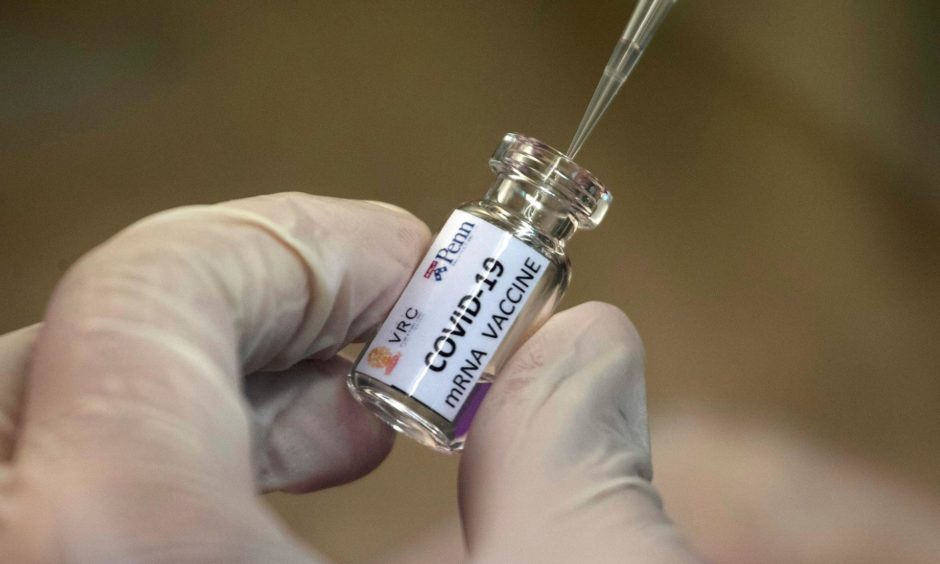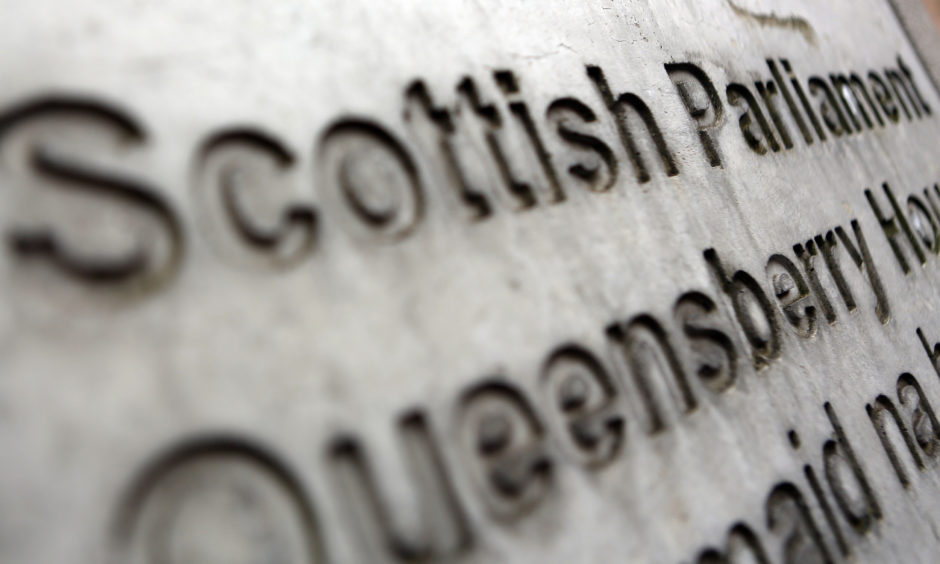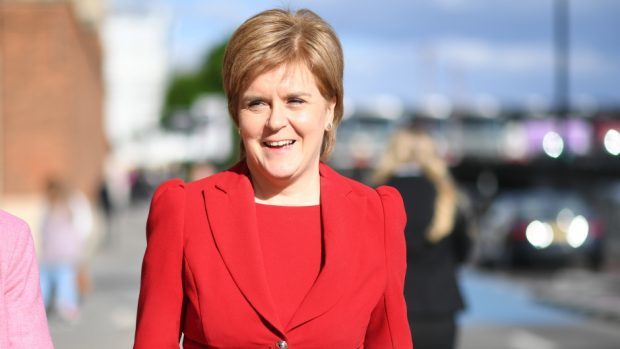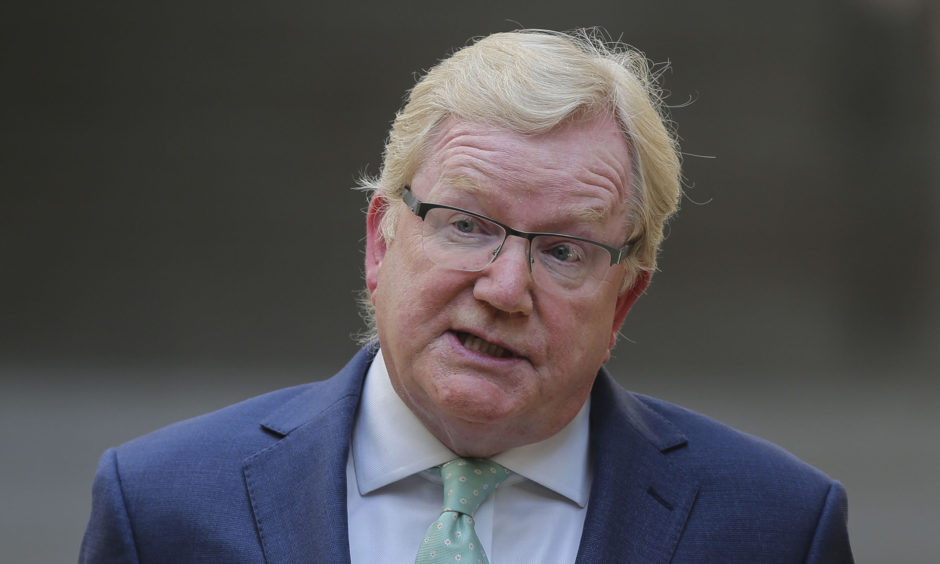Nicola Sturgeon has been rebuked for repeatedly claiming Scotland’s coronavirus prevalence is five times less than England’s.
The UK statistics watchdog criticised the claim as new figures revealed Scotland had the third highest excess mortality rate in Europe in the first part of the year, behind England and Spain.

The first minister was reprimanded by the Office for Statistic Regulation, which said it did not think the Scottish Government’s sources allowed for the “quantified and uncaveated comparison of the kind that was made”.
The regulator has written to the Scottish Government’s chief statistician, saying the studies relied on for the claim were unpublished.
Nicola Sturgeon first mentioned the figure in a speech in early July and repeated it several times later.
Meanwhile, the new ONS figures, comparing data from 23 European countries, found that Scotland was only behind England and Spain when it came to levels of excess mortality.
By the week ending May 29, England had a relative cumulative age-standardised mortality rate of 7.55% – meaning it was 7.55% higher than the average mortality rate between 2015 and 2019.
Spain ranked second, at 6.65%, followed by Scotland (5.11%), Belgium (3.89%) and Wales (2.78%).
This isn’t just a number, this isn’t some statistical pedantry. This was the centrepiece of policy used to justify major decisions just three weeks ago. Ministers used it to explain the timing of lockdown being eased… Nicola Sturgeon used this prevalence figure to suggest her policy was working better than elsewhere in the UK.”
Jackson Carlaw, Scottish Tory leader
Ms Sturgeon’s Covid-19 prevalence claim triggered angry exchanges in the Scottish Parliament when Scottish Conservative leader Jackson Carlaw demanded an apology from her.
Mr Carlaw said: “This isn’t just a number, this isn’t some statistical pedantry. This was the centrepiece of policy used to justify major decisions just three weeks ago. Ministers used it to explain the timing of lockdown being eased… Nicola Sturgeon used this prevalence figure to suggest her policy was working better than elsewhere in the UK.”
He said the First Minister should admit the comparison between Scotland and England was “not true”.
The First Minister said she accepted the figures were unpublished and the “views of the statistics regulator on that”.
She said there was other evidence that pointed to a “significantly lower prevalence” of the virus in Scotland.
Ms Sturgeon said: “This attempt to somehow pretend that Scotland hasn’t made the progress that we self-evidently have made in the fight of this virus is bizarre.
“We should all be deeply grateful and relieved, I know I am, that we’re seeing it driven to the low levels that we are seeing now in Scotland, though none of us should be complacent about that.”
In future if such comparisons are made, we would expect to see sources made publicly available and a clear explanation of the limitations and associated uncertainty.”
Office for Statistics Regulation
The Office for Statistics Regulation said there were “lessons to be learnt” from the case.
Its letter said: “It is important to recognise that a comparison of Covid-19 prevalence rates is not straightforward.
“If it is to be undertaken, the results and the uncertainties should be communicated transparently.
“We do not think that the sources above allow for a quantified and uncaveated comparison of the kind that was made.
“In future if such comparisons are made, we would expect to see sources made publicly available and a clear explanation of the limitations and associated uncertainty.”

Responding to the letter, a Scottish Government spokeswoman said: “The Scottish Government has been recognised by the Office for Statistics Regulation for its open approach in regularly publishing a wide range of transparent information.
“We continue to push the UK Government to take the same approach and to publish Covid-19 prevalence statistics that would make this information publicly available.
“The decisions we are taking to ease lockdown restrictions while still suppressing the virus are based on prevalence data.
“It is legitimate to use the evidence that is available to highlight differences in prevalence.”

